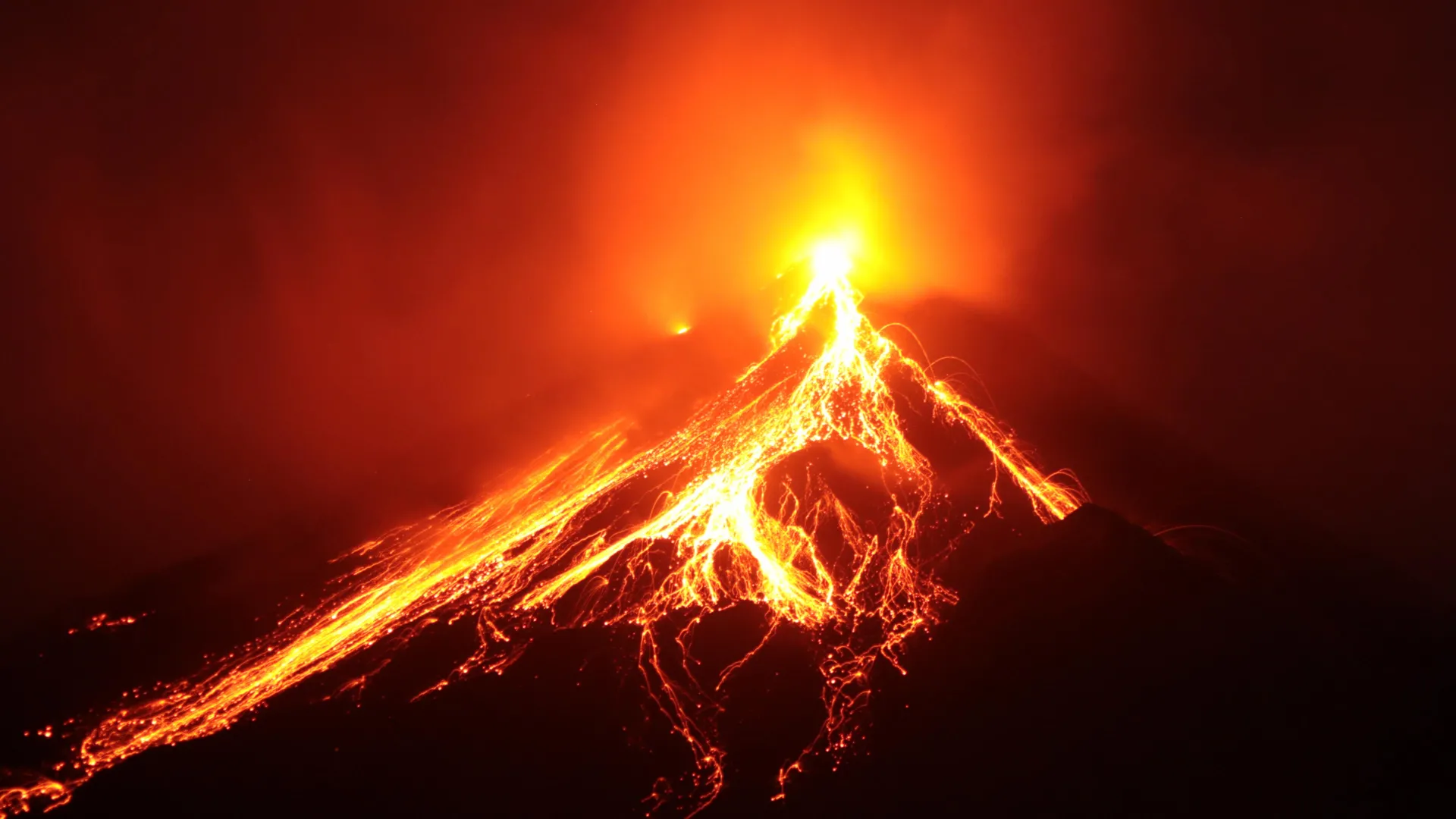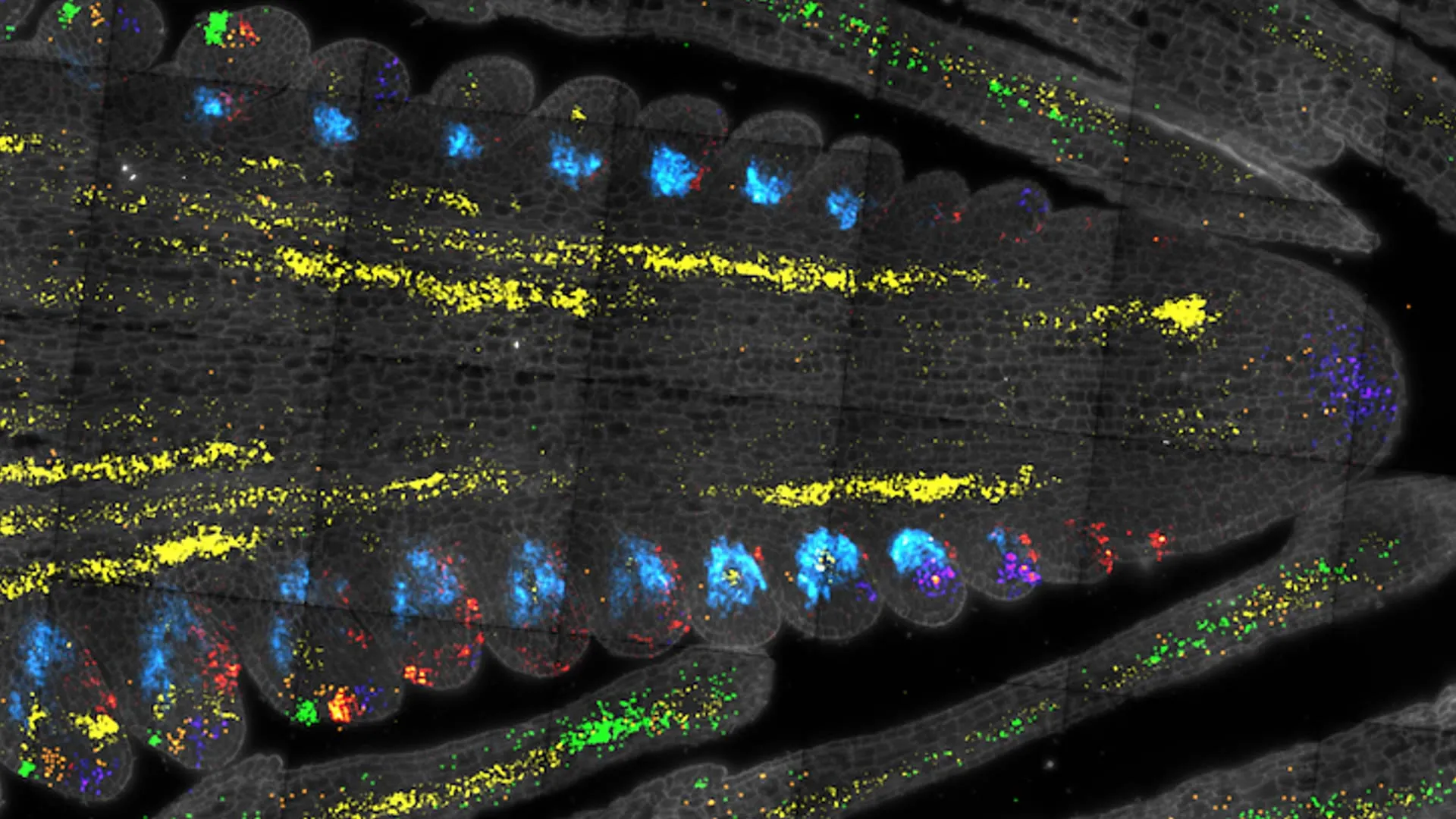Now Reading: Volcanic Eruption Wipes Island’s Plants, DNA Uncovers Life’s Rebirth
-
01
Volcanic Eruption Wipes Island’s Plants, DNA Uncovers Life’s Rebirth
Volcanic Eruption Wipes Island’s Plants, DNA Uncovers Life’s Rebirth

Speedy Summary
- Scientists from tokyo metropolitan University studied the genetic lineage of an extinct plant population, Portulaca oleracea, on Nishinoshima, a volcanic island known for frequent eruptions.
- Nishinoshima lies 1000 km south of mainland Tokyo and underwent notable vegetation loss after major eruptions in 2013.
- Genetic analyses linked the extinct population to nearby Chichijima island but revealed distinct traits influenced by a “founder’s effect,” caused by colonization from very few individual seeds.
- Researchers observed genetic drift in the samples, where isolated events like typhoons and volcanic eruptions shaped genetics rather than natural selection.
- the study highlights ecosystem evolution in isolation and provides insights into plant reestablishment post natural disasters.
Indian Opinion Analysis
This research offers valuable insights into ecosystem regeneration under extreme conditions. While primarily focused on a Japanese volcanic island, its findings are relevant globally-including india-and underscore the fragility and resilience of biodiversity. India’s own Andaman and Nicobar islands share similar isolated ecosystems that may benefit from conservation approaches informed by studies like this. Insights into genetic drift and founder effects are notably pertinent to understanding post-disaster ecological revival efforts across regions vulnerable to both natural calamities (e.g., tsunamis) or human-induced disruptions like deforestation.

























